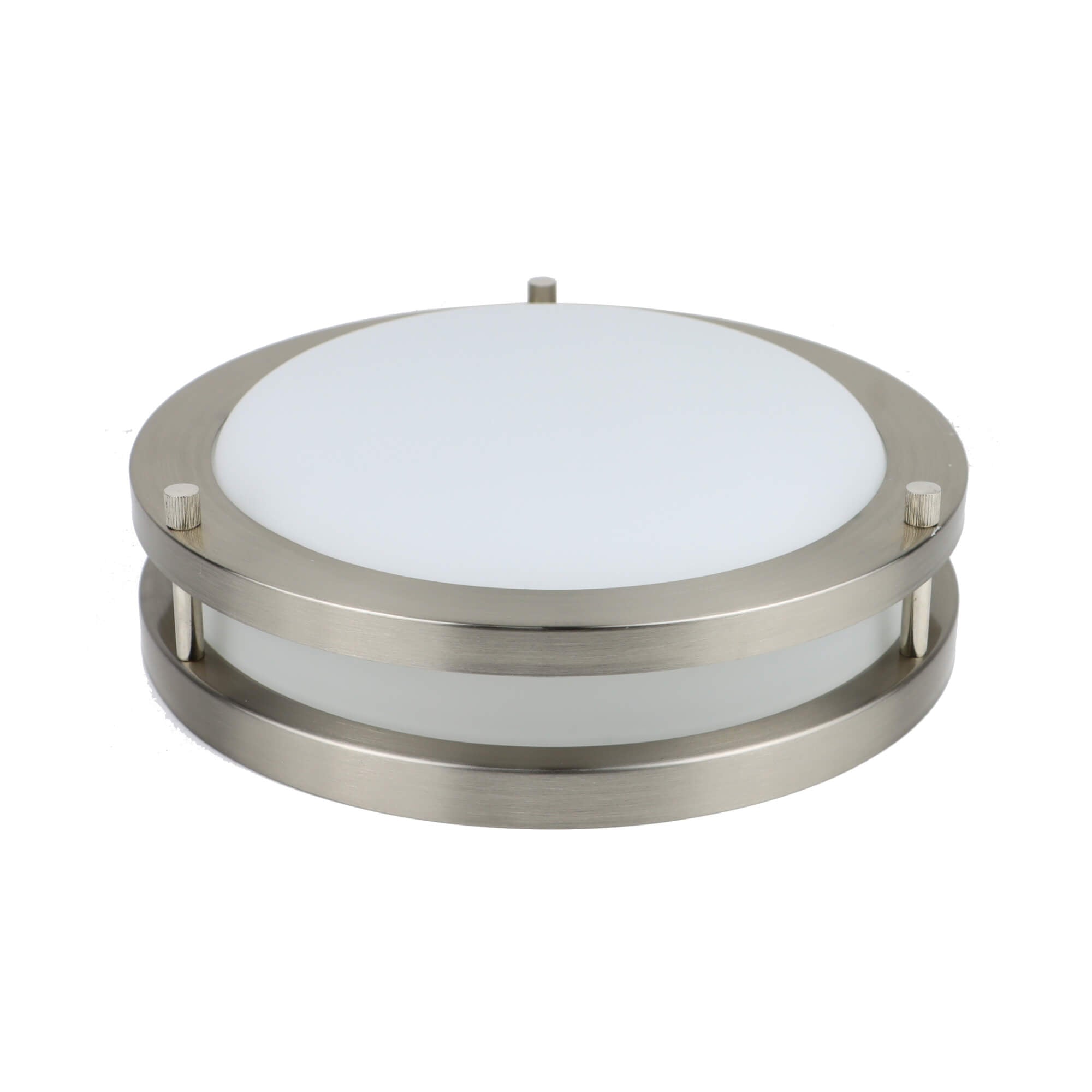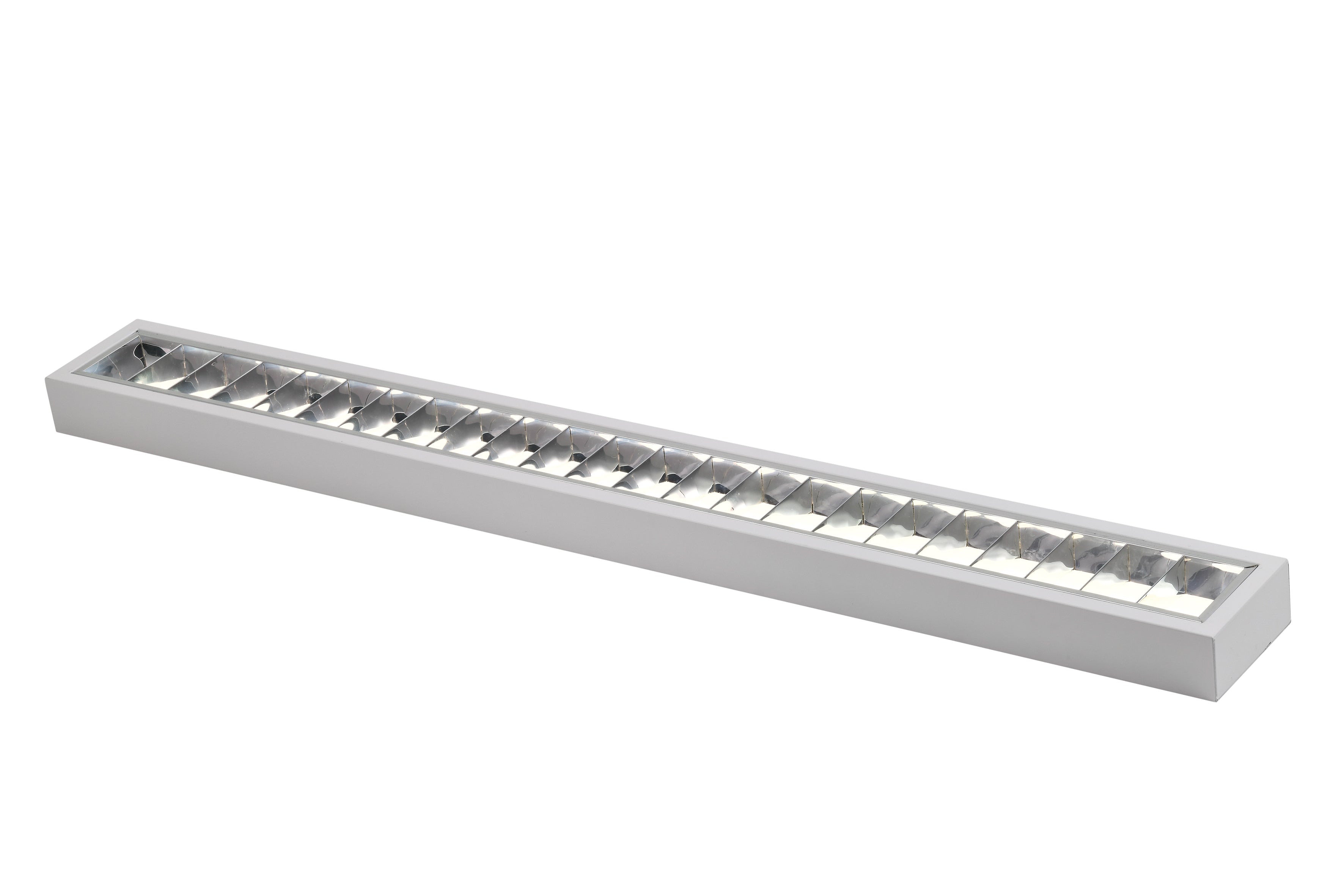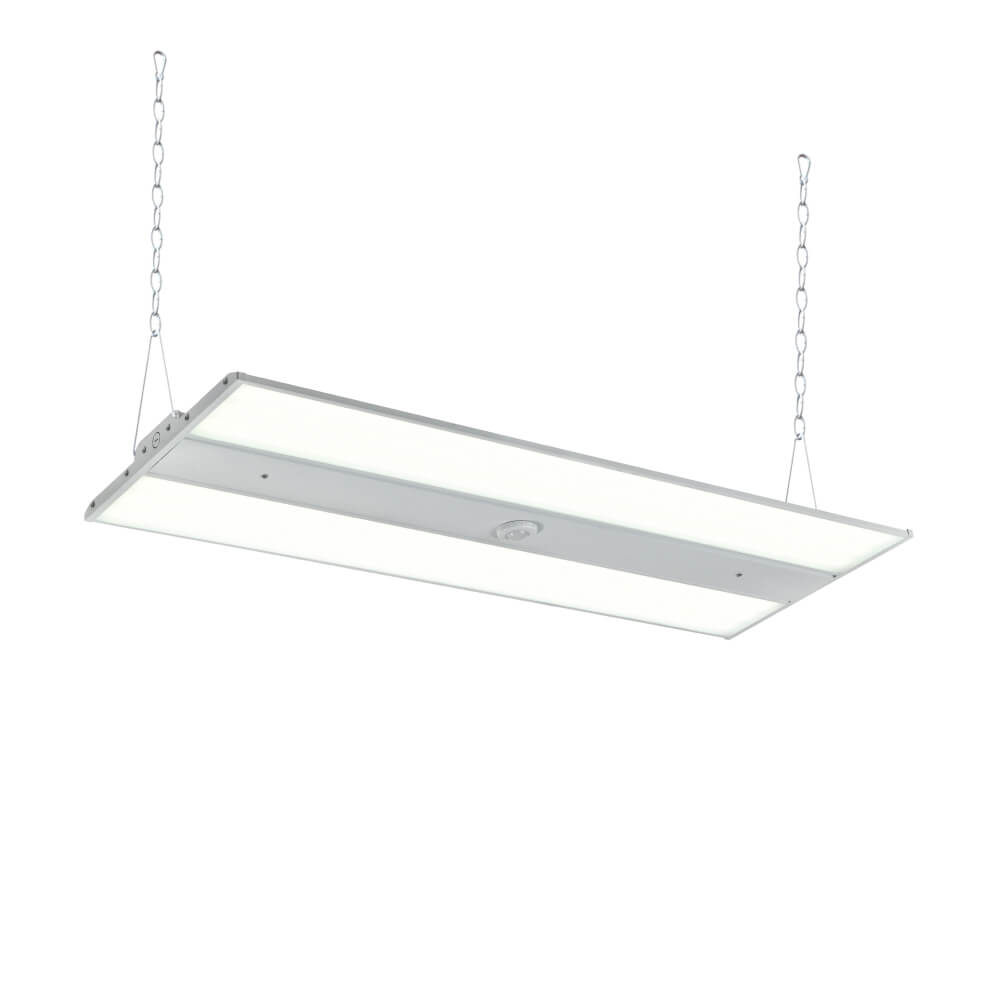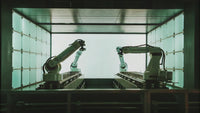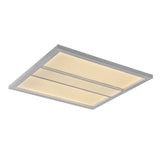Illuminating the Future: A Comprehensive Guide to Choosing LED Lighting for Data Centers
Data centers are the backbone of the modern digital world, housing critical servers and network equipment that power our businesses, communication, and entertainment. As these facilities operate around the clock, energy efficiency is paramount. Lighting, often overlooked, plays a crucial role in both energy consumption and operational efficiency.
This report from Halcon Lighting expert delves into the key considerations for selecting the right LED lighting products for data centers, exploring factors such as energy efficiency, lifespan, cost, and specific data center needs.
Why LED Lighting for Data Centers?
LED (Light Emitting Diode) lighting has emerged as the preferred choice for data centers, offering a compelling combination of benefits over traditional lighting technologies like fluorescent and incandescent bulbs. These advantages include:
- Energy Efficiency: LEDs are significantly more energy-efficient, converting a higher percentage of electricity into light rather than heat. Studies indicate that LED lighting can reduce a data center’s lighting energy usage by up to 70%, leading to lower energy costs and a smaller carbon footprint.
- Longevity and Durability: LEDs have an exceptionally long lifespan, lasting 3 to 5 times longer than CFLs and up to 30 times longer than incandescent bulbs. This reduces maintenance costs and minimizes disruptions from replacements.
- Reduced Heat Output: LEDs generate minimal heat compared to traditional lighting, which is crucial in temperature-sensitive data centers where excessive heat can negatively impact server performance and increase cooling costs, as noted by Dataspan’s blog on LED lighting in data centers.
- Improved Light Quality: LEDs offer comparable or better light quality than other lighting types, providing consistent and uniform illumination, which enhances visibility for technicians and improves safety. Moreover, Halcon Lighting points out that LEDs provide superior color accuracy, making it easier to distinguish between wires and components during maintenance.
- Enhanced Safety: LEDs do not contain hazardous substances like mercury, making them safer for disposal and the environment.
- Enhanced Reliability: Switching to LED lighting enhances data center reliability by reducing the frequency of lamp failures, as discussed in a blog post by Constellation Lighting U.S. on LED lighting for data centers.

Key Considerations for Choosing LED Lighting
Selecting the right LED lighting for a data center requires careful consideration of various factors. Here’s a breakdown of the essential aspects:
1. Energy Efficiency
Energy efficiency is a primary concern for data centers. When evaluating LED lighting products, consider the following:
-
Luminous Efficacy: This metric measures the amount of light (lumens) produced per watt of electricity consumed. Look for fixtures with high luminous efficacy (lm/W) to maximize energy savings, as recommended by Lantana LED in their guide to choosing the right lighting for your data center.
-
Light Output: Determine the required light levels (measured in foot-candles) for different areas within the data center. LED Lighting Supply offers a helpful guide to recommended foot-candles for various data center areas:
Area Recommended Foot-candles Server Rooms 30-50 fc Repair Areas 50-75 fc Storage Areas 20-30 fc Hallways/Corridors 20-30 fc -
Wattage: While LEDs are energy-efficient, it’s still crucial to choose fixtures with appropriate wattage to meet the lighting needs without overconsumption.
2. Lifespan and Maintenance
LEDs are known for their long lifespan, but several factors can influence their longevity:
- Quality of Components: High-quality LEDs, drivers, and heat sinks contribute to extended lifespan.
- Heat Management: Efficient heat dissipation is essential for LED performance and longevity, as explained in a detailed examination by ELEDLights.
- Operating Conditions: Environmental factors like temperature, humidity, and dust can impact lifespan.
- AC-to-DC Conversion: The lifespan of an LED fixture is also influenced by the longevity of other components, particularly the drivers that convert AC power to DC power for the LEDs. Cence Power discusses the reasons behind why LED bulbs may not last as long as advertised.
Consider the warranty offered by the manufacturer and their reputation for product reliability.
3. Cost
While LEDs may have higher upfront costs than traditional lighting, their long-term energy savings and reduced maintenance often result in a lower total cost of ownership. Evaluate the following:
- Initial Investment: Compare the prices of different LED fixtures and consider the overall project budget.
- Operating Costs: Calculate the estimated energy consumption and maintenance costs over the lifespan of the fixtures.
- Return on Investment (ROI): Assess the time it will take for the energy savings to offset the initial investment.
4. Bulk Order and Commercial Cooperation
When procuring LED lighting for a data center, explore opportunities for bulk order discounts and commercial cooperation:
- Bulk Discounts: Many manufacturers offer discounts for large orders, which can significantly reduce costs for data centers. ELEDLights provides a page for requesting discounts on bulk lighting purchases.
- Commercial Cooperation: Inquire about potential partnerships or collaborations with lighting manufacturers. This may include customized solutions, extended warranties, or ongoing support. For example, LANTANA LED unveiled two new lighting product lines in a partnership with JSA.
- Negotiation: Based on information from various manufacturers, there is potential for negotiating wholesale discounts and custom specifications to meet the specific needs of the data center. Alcon Lighting offers a trade program for architects and lighting designers that may include such benefits.
5. Data Center Considerations
Data centers have unique requirements that influence lighting choices:
- Space Size and Ceiling Height: The size of the data center and the height of the ceilings will determine the number and type of fixtures needed. For example, larger spaces with higher ceilings may require high-bay LED fixtures with greater light output. Also, you can learn more from Fireflier’s guide on how to select the perfect LED high bay lighting.
- Equipment Layout: Consider the arrangement of server racks and other equipment to ensure adequate illumination and avoid shadows. Lighting should be strategically placed to provide uniform illumination and avoid dark spots, as discussed in Sky’s the Limit’s article on sustainability in data center lighting design.
- Vertical Illumination: Prioritize vertical plane illumination in server rack aisles to ensure technicians can clearly see and service equipment from top to bottom.
- Lighting Controls: Implement lighting controls such as occupancy sensors and dimming systems to optimize energy usage and adjust light levels as needed. This can help reduce energy consumption when areas are unoccupied and provide the appropriate light levels for different tasks.
- Color Temperature and Rendering: Choose a cool color temperature (4000K to 6500K) to create a bright and alert atmosphere, which can improve visibility and reduce eye strain for technicians. Ensure a CRI of 80 or higher for accurate color rendering, allowing for proper identification of equipment and components. A guide to lighting data centers provides further insights on these aspects. You may also consider reading our expert guide on how to choose the right LED lighting for your space.
- Three-Level Lighting Protocol: Consider implementing a three-level lighting protocol to adjust lighting intensity based on occupancy and activity levels. This protocol can optimize energy usage by providing low-level lighting for unoccupied periods, intermediate lighting for general navigation, and high-level lighting for maintenance and repairs. The ultimate guide to data center lighting from CAE LED discusses these best practices in detail.
- Transportable Lighting: Provide technicians with transportable lighting options for targeted illumination during maintenance tasks. This can be particularly useful for illuminating specific areas within server racks or other equipment. Dataspan highlights the importance of this in their article on data center lighting considerations.
- Ceiling Height, Beam Angle, and Lumen Output: The relationship between ceiling height, beam angle, and lumen output is crucial for determining the appropriate lighting intensity. Higher ceilings may require fixtures with higher lumen output or narrower beam angles to ensure adequate illumination on the floor level. Hyperlite LED offers a guide on determining the number of light fixtures needed for a warehouse, which can be applied to data centers as well.
- Safety and Compliance: Select fixtures that meet safety standards and comply with relevant regulations.
6. Is Halcon Lighting the Best Choice?
Halcon Lighting is a manufacturer of LED lighting products for commercial and industrial applications, including troffers, high bays, strips, panels, and pendants. You can find their products on their website’s product page. They aim to provide high-performance lighting solutions with a focus on energy efficiency. Zhongshan Halcon Lighting offers an overview of the company’s operations. However, limited information is available regarding their specific offerings for data centers.
To determine if Halcon Lighting is the best choice for your data center, further research is needed to assess factors such as:
- Energy Efficiency: Evaluate the luminous efficacy and wattage of their data center-specific fixtures.
- Lifespan and Warranty: Inquire about the lifespan of their products and the warranty offered.
- Cost: Compare the cost of Halcon Lighting products with other manufacturers, considering potential bulk discounts.
- Compliance: Ensure their products meet the relevant safety standards and regulations for data center applications.
7. Consulting with Lighting Experts - Like Halcon!
While this guide provides a comprehensive overview of LED lighting for data centers, consulting with a lighting expert or electrician is highly recommended. A lighting expert can provide personalized advice based on the specific needs of your data center, considering factors such as:
- Space size and layout: They can help determine the optimal number and placement of fixtures for uniform illumination.
- Equipment type and sensitivity: They can recommend appropriate lighting solutions that minimize heat output and electromagnetic interference.
- Energy efficiency goals: They can help select the most energy-efficient fixtures and controls to maximize cost savings.
- Compliance with regulations: They can ensure the lighting design meets all relevant safety and building codes.
- Integration with existing infrastructure: They can advise on integrating LED lighting with existing building management systems.
By consulting with a lighting expert, you can ensure a comprehensive and optimized lighting design that meets the unique requirements of your data center.
Halcon's Conclusion
Choosing the right LED lighting for a data center is a crucial decision that can significantly impact energy efficiency, operational costs, and overall performance. By carefully considering the factors outlined in this report, data center operators can make informed choices that illuminate their facilities while minimizing environmental impact and maximizing cost savings.
LED lighting offers a compelling combination of benefits for data centers, including energy efficiency, long lifespan, reduced heat output, improved light quality, enhanced safety, and increased reliability. However, selecting the right LED lighting solution requires careful consideration of various factors, such as luminous efficacy, light output, lifespan, cost, and specific data center needs.
A holistic approach to lighting design is essential, considering the size and layout of the space, the type of equipment used, and the desired lighting levels for different areas. Implementing lighting controls and consulting with lighting experts can further optimize energy usage and ensure compliance with regulations.
By taking a comprehensive approach to LED lighting design, data center operators can create a well-lit, energy-efficient, and reliable environment that supports their critical operations.
